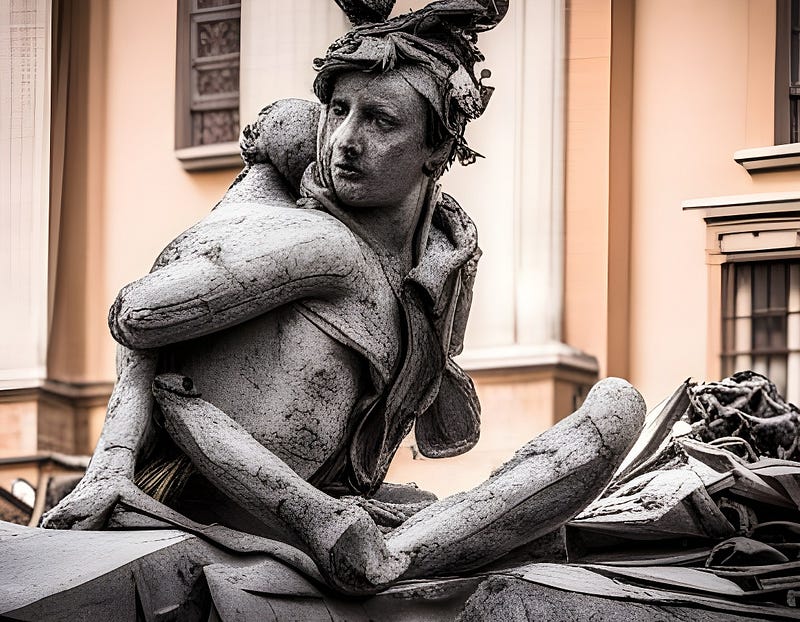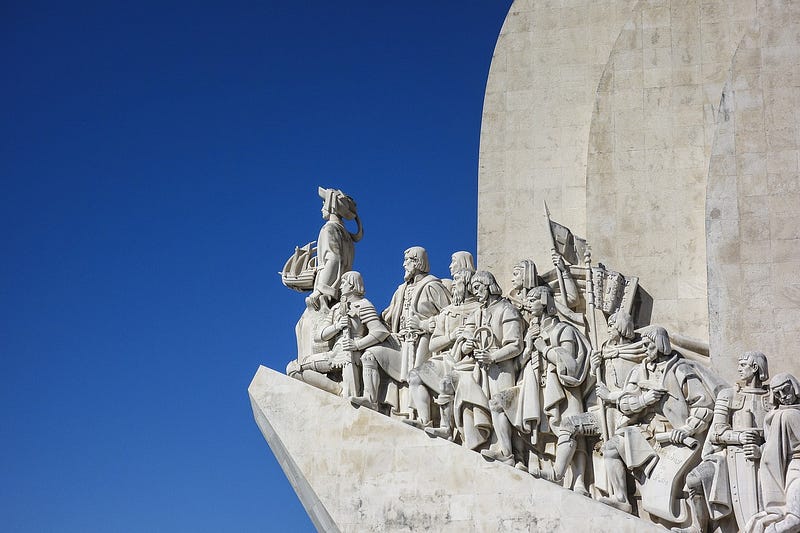Preserving History While Acknowledging the Past
Written on
Chapter 1: A New Perspective on Historical Monuments
In recent years, there has been a growing trend of individuals vandalizing statues and monuments that they believe glorify contentious historical events. While I empathize with the underlying emotions driving these actions, I do not support the methods used to express this dissent.
To summarize, a work of art or a monument stands as a testament to its time. For instance, Portugal boasts a significant landmark known as the “Padrão dos Descobrimentos,” or “Monument of the Discoveries.”

This monument commemorates the Portuguese Discoveries of the 15th century, during which my ancestors navigated uncharted waters and established maritime routes that connected Europe with distant lands and peoples. It honors sailors, monarchs, mathematicians, cartographers, and others who played pivotal roles in these historic undertakings.
However, every achievement casts a shadow. The Portuguese explorations were also marked by dark chapters, including the slave trade, violence against differing faiths, and the oppression of local trade participants. These aspects of history are often conveniently omitted from educational narratives, leaving a skewed perspective.
Some indigenous people referred to the arriving Portuguese as "Barbarians from the South."

In 2021, the “Padrão dos Descobrimentos” was defaced with a striking message painted in blue and red: "Blindly sailing for money, humanity is drowning in a scarlet sea!" While the sentiment behind this statement may resonate with some, I find the approach problematic. This monument serves as a tribute to an immense historical endeavor. Though the consequences of these actions were often brutal, they laid the groundwork for the modern trade systems we recognize today.
To appreciate this history comprehensively, we must consider the context of that era. Colonizing powers often imposed their will upon indigenous populations, justified by notions of progress, power, and the pursuit of wealth. At the time, might was perceived as right, and the prevailing mindset among explorers, captains, and kings was that they were spreading civilization and religion—a belief rarely questioned.
This perspective mirrors how we are conditioned today, which influences our perceptions of normalcy based on our upbringing and environment. It’s conceivable that actions we view as ordinary now might be regarded as barbaric by future generations. Ultimately, context is essential.
A potential solution could involve refraining from vandalizing these monuments and instead placing informative plaques nearby. These would illuminate the complex narratives tied to these sites, ensuring that history is remembered in its entirety.
The lens through which we evaluate historical actions will always evolve. However, physically attacking these monuments obscures the lessons they can impart. Both positive and negative aspects of our history serve to remind us of our past mistakes, ideally guiding us toward better choices in the future.
The first video, titled "Plenary: Erasing History," provides insights into the ongoing debates surrounding the preservation and destruction of historical monuments, shedding light on the motivations behind these actions.
The second video, "Woke Archaeology and Erasing the Past (Elizabeth Weiss)," explores the implications of modern interpretations of historical narratives and the consequences of altering our understanding of the past.